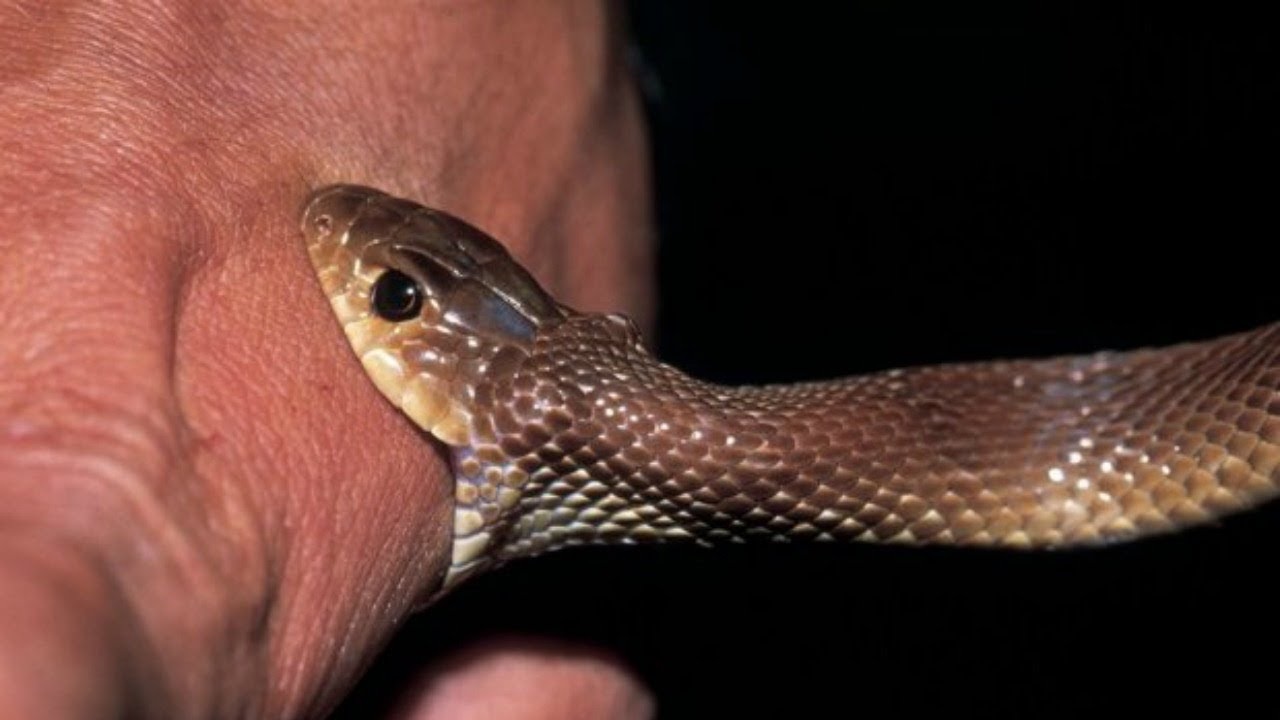Snakebites in India: A Call for Action
Context : The Union Health Ministry has urged states to classify snakebites as a notifiable disease, requiring all private and public hospitals to report cases.
What is a Notifiable Disease?
Diseases that can cause outbreaks, result in fatalities, or need urgent public health action are classified as notifiable. Common examples include tuberculosis, HIV, cholera, malaria, dengue, and hepatitis.
Snakebites in India: An Overview
Statistics
- Snakebites pose a major public health issue in India, with 3-4 million cases annually and 58,000 deaths, according to the 2020 Indian Million Death Study.
National Action Plan
- The government launched the National Action Plan for Prevention and Control of Snakebite Envenoming (NAPSE), aiming to halve snakebite deaths by 2030.
- NAPSE advocates making snakebites a notifiable disease to improve reporting and management.
Medically Significant Snakes
- India has 310 snake species, of which:
- 66 are venomous, and 42 are mildly venomous.
- The “Big Four” snakes are responsible for the majority of fatal bites:
- Indian cobra
- Common krait
- Russell’s viper
- Saw-scaled viper
- Commercial antivenom is effective against these four species, covering 80% of snakebites.
Why Snakebites Should Be a Notifiable Disease
-
Improved Surveillance:
- Accurate data on snakebite cases and deaths can help in resource allocation and identifying high-risk areas.
-
Better Clinical Management:
- Enhances training for healthcare workers in snakebite treatment.
- Strengthens the supply of antivenoms in vulnerable regions.
-
High-Risk States:
- States with the highest incidence include Bihar, Jharkhand, Madhya Pradesh, Odisha, Uttar Pradesh, Andhra Pradesh, Telangana, Rajasthan, and Gujarat.
Challenges in Snakebite Treatment
1. Treatment Gaps
- Delayed Healthcare Access: Victims often rely on faith healers or cannot reach healthcare facilities in time.
- Training Deficiency: Healthcare workers frequently lack adequate training.
- Lack of Diagnostic Tests: Confirmatory tests for snakebites are not widely available.
2. Antivenom Limitations
- Venom Sources: Most venom used to produce antivenom comes from snakes caught by the Irula tribe in Tamil Nadu, Karnataka, and Kerala. However, venom composition varies by geography, complicating antivenom efficacy.
- Potency Variations: Venom toxicity can differ with the snake's age (e.g., neonatal Russell’s viper venom is more toxic).
- Ineffectiveness: Commercial antivenom does not work against some local species, such as the banded krait, monocled cobra, and green pit viper in Northeast India.
- Adverse Reactions: Antivenom itself can cause severe reactions.
3. Artificial Interventions
- Researchers are developing artificial antibodies and peptides to neutralize venom toxins across multiple snake species.
4. Venom Collection Issues
- Experts suggest zonal venom collection banks to account for regional venom variations.
- However, the Wildlife (Protection) Act, 1972 restricts access to snakes, complicating venom collection efforts.
Conclusion
Classifying snakebites as a notifiable disease is critical for improving data collection, clinical management, and antivenom distribution. Addressing challenges in treatment, training, and venom collection can significantly reduce snakebite-related deaths and complications, especially in high-risk states.

_(1).jpg)


Comments (0)